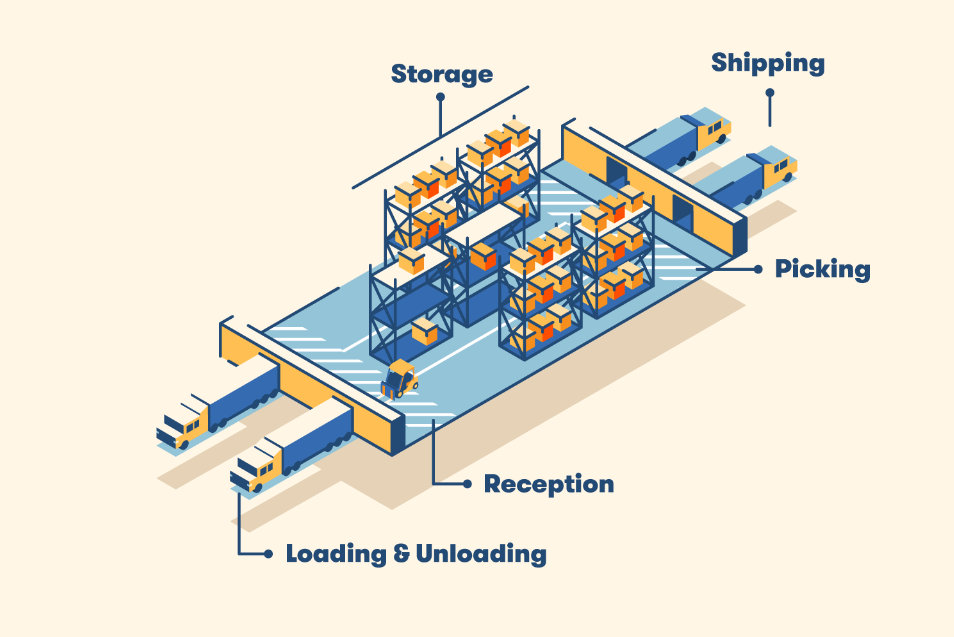A well-structured warehouse is the backbone of any successful business operation. It’s not just about storing products – it’s also about efficiency, safety, and cost-effectiveness. To achieve all these, a well-thought-out plan for your warehouse layout is necessary.
Importance of Warehouse Layout Planning
This planning is at the heart of operational efficiency. A well-structured layout can improve the flow of goods, facilitate product rotation, and maintain desired stock levels. It can also significantly reduce facility costs and labour expenses while ensuring the most effective use of storage space. In essence, an efficient layout is crucial to meeting customer demands promptly and keeping your business competitive.
Principles of Warehouse Layout Design
Your warehouse layout design should not only cater to your immediate needs but also be flexible enough to accommodate future growth and changes in market demand. Here are some key principles to consider while planning this layout.
1. Space Optimization:
The first step in designing is to make the best use of available space. This includes smart allocation of the loading and unloading area, reception area, and storage spaces. Remember, the goal is to maximize space use without compromising the ease of operations.
2. Flow of Goods:
The flow of goods within the warehouse should be seamless and efficient. This involves designing a layout that ensures minimal handling of goods and reduces travel distances for employees.
3. Safety Measures:
Safety should always be a priority in any warehouse setup. This includes creating defined exit routes for emergency situations and ensuring secure storage of goods to prevent accidents.
4. Equipment Selection:
The type of equipment you choose should align with the layout of your warehouse. It’s essential to select equipment that can efficiently operate within the designated pathways and storage spaces.
Implementing Your Warehouse Layout Plan
Implementing your plan involves more than just moving things around. It requires a systematic approach that includes schematic creation, equipment selection, and careful monitoring to ensure the new setup is working as planned.
Remember, the ultimate goal of your layout plan is to improve efficiency, security, and overall storage space. Therefore, it’s crucial to regularly review and tweak your layout as necessary to keep up with changing business needs.
Conclusion
Warehouse layout planning is an essential aspect of efficient business operations. A well-planned layout not only optimizes space and enhances productivity but also ensures the safety of your employees. By understanding the key principles of design planning and implementing them effectively, you can create a warehouse setup that propels your business towards success.

